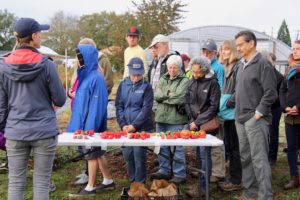
This article originally appeared in Organic Farmer (January 2019).
When the National Organic Program (NOP) launched in 2002, there was virtually no organic seed industry. Only a handful of companies sold certified organic seed. The federal organic standards included, for the first time, a requirement for organic operations to use organic seed. The requirement aims to ensure the integrity of organic products starting with this critical first link in the production chain. It was coupled, however, with a necessary exemption to use untreated, non-organic seed when an “equivalent organically produced variety is not commercially available” given the state of the organic seed supply at the time.
More than 15 years have passed and the organic seed sector is no longer a niche market but a growing sector of the seed trade. Dozens of companies now participate in the organic seed marketplace, and data from Organic Seed Alliance (OSA) show that organic farmers are using more organic seed than ever before. Still, even with this progress in increasing access and use, organic seed supply gaps remain.
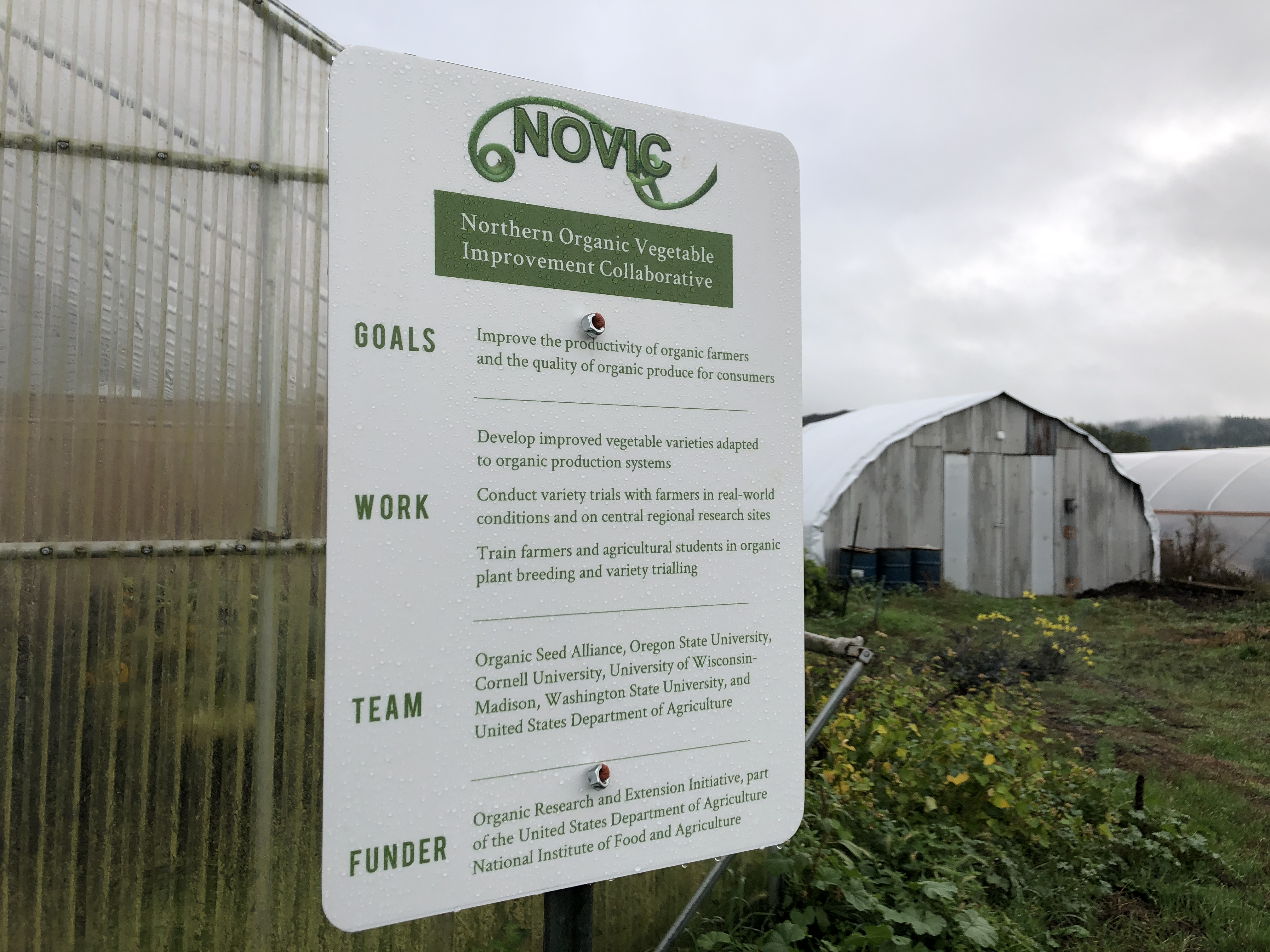
Every five years, OSA publishes a “State of Organic Seed” report to monitor organic seed trends and provide recommendations – from research investments to organic seed policy. The long-term goal of the project is to ensure organic farmers have the seed they need to be successful.
Increasing the availability of organic seed will require more skilled seed producers and more seed companies focused on producing and distributing organic seed. Not discussed nearly enough is the need for more organic plant breeding. Organic plant breeding is the science and practice of developing new varieties in and for organic production systems. This work is often participatory in nature, where farmers, formal plant breeders, and sometimes members of the seed and food industry collaborate on setting breeding priorities and evaluating the results. Participatory plant breeding combines the practical experience of farmers with the technical expertise of formal plant breeders, resulting in more high-quality organic varieties and more farmers with skills to develop or improve their own varieties.
Only a handful of companies focus on breeding crops for organic farming systems. Increasingly the public sector is advancing this area of breeding – and with much success.
One example is the Northern Organic Vegetable Improvement Collaborative (NOVIC). For the last eight years, Oregon State University, Cornell University, Washington State University, University of Wisconsin – Madison, the USDA, and Organic Seed Alliance, have collaborated on multi-regional organic plant breeding projects focused on the needs of growers in the Northern Tier of the U.S. NOVIC’s goals, further described below, are to develop new varieties for organic farms, identify the best performing varieties for organic agriculture through trial networks, and train farmers in organic seed production practices and on-farm plant breeding. The project has furthered a number of breeding goals, including season extension traits in broccoli, carrots, snap peas, sweet corn, and winter squash.
Developing new vegetable varieties for organic agriculture
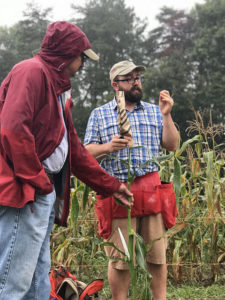
Organic varieties must meet unique challenges and consumer demands. Organic farmers are not only challenged by a lack of organic seed sources but a scarcity of information on variety performance under organic conditions. NOVIC’s breeding and variety trial activities are driven by the belief that plants bred under organic conditions have the potential to be better adapted to these production systems. Organic farming challenges can be quite different from conventional systems, where synthetic chemicals and nutrient sources are commonly used to control pests, diseases, and plant nutrition. Seed provides the genetic tools to confront these day-to-day challenges in the field, and breeding plants in the environment of their intended use benefits this process.
NOVIC is working with more than 30 organic growers in four states to increase access to improved varieties. These varieties are being adapted to organic systems and meet the need for critical production traits, such as disease resistance, as well as nutrition and flavor characteristics.
Some examples of current NOVIC projects focused on key traits with the goal of providing improved varieties to organic growers include:
- Bell pepper: Early, high yielding blocky red types with great flavor.
- Purple cabbage: Exceptional color, flavor, and field holding and storage capacity.
- Sweet corn: Early maturing hybrid and open-pollinated varieties.
- Tomato: Late blight resistant and adapted to the Pacific Northwest.
- Winter squash: Short season, disease resistant acorn and delicata types.
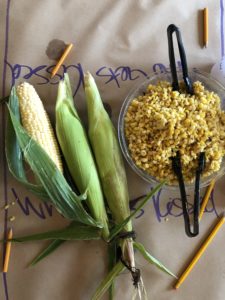
Each region also chooses an additional crop to prioritize based on farmer input. For example, in New York growers are working with breeders to improve leek varieties with better storage capacity; in Oregon, partners are focused on year-round production of fennel; and in Wisconsin, partners are selecting for a larger leaf surface area in lacinato kale types.
The project provides an excellent example of collaborative research in the public sector that is responding to the organic seed needs of farmers both regionally and nationally. The collaboration allows multiple partners to leverage each other’s expertise in addition to the environmental conditions and climates in their respective regions. For example, a variety coming out of NOVIC, ‘Who Gets Kissed?’ sweet corn, which is now available commercially and grown in 40 states, was developed by UW-Madison in partnership with an organic farmer in Minnesota. Following its commercial release, NOVIC partners began work to adapt the variety to even more targeted regions: the cooler, wet climate of the Pacific Northwest and the hotter, drier conditions in Montana. Farmers in these regions are working with breeders involved in NOVIC to take that improved material and further adapt it to their specific needs. Many more farmers will benefit from these ongoing selections taking place once the projects are complete and an improved variety is available. NOVIC has supported the release of 10 additional varieties of four crops, and an additional 12 varieties of seven crops are in the pipeline.
In this way NOVIC is delivering varieties that are better adapted to changing climates, resource availability, and environmental conditions to help mitigate these risks for farmers and the food supplies they serve. Adaptation is key to achieving resilience in our food and agricultural system. This resiliency is longer lasting when more organic farmers have the skills to further adapt and improve plant genetics through seed saving and on-farm breeding, which is why NOVIC emphasizes farmer education as a project goal.
Conducting variety trials in partnership with organic farmers
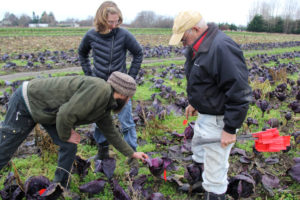
Farmer involvement is important to NOVIC achieving its goals beyond having input on crop improvement priorities for organic agriculture. Farmers are also intimately involved with conducting trials to identify which varieties on the market already perform well under organic conditions and which ones are in need of improvement, either for variety integrity maintenance or to use in new breeding projects. These variety trial results inform the breeding work of NOVIC and also provide useful data to farmers as to which varieties perform best in their region under organic conditions.
The NOVIC team uses the mother-daughter trial method in each region to conduct replicated trials, while, at the same time, several single reps are grown at regional commercial organic farms. The variety trial component of the project is critical for helping the team identify commercial varieties and new breeding lines that are productive, stable, and resilient in organic systems. By partnering with farmers, new breeding lines are tested in the diverse, real-world environments of the farming systems in each region. Having data sets from multiple farms and regions is necessary for helping the breeding team understand how varieties perform in different environments.
Training farmers and future seed professionals
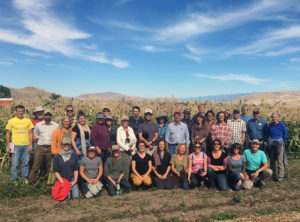
Over the course of eight years, the NOVIC team has hosted 80 events or presentations in 20 states. Some of these events have focused on regional field days to showcase variety trial results with farmers, researchers, students, chefs, certifiers, and seed industry professionals. Other events have focused on formal courses for farmers and agricultural students to learn the basics of seed production and on-farm plant breeding. NOVIC has also trained more than a dozen graduate students in organic plant breeding, variety trials, and seed research. Several of these students are now working in the organic seed industry or in the public sector.
The future of organic research is bright
NOVIC is funded through the U.S. Department of Agriculture’s Organic Research and Extension Initiative (OREI), a program that is reauthorized as part of the farm bill. Thankfully NOVIC received its second renewal in 2018, meaning it will be funded for another four years. Twelve consecutive years of funding for a plant breeding project is critical, since it takes several years to breed new varieties. Organic plant breeding relies heavily on OREI, which is why the passage of a new farm bill in December 2018 was so critical for organic research. When the last bill expired on September 30, 2018, OREI and other critical programs were left unauthorized and unfunded.
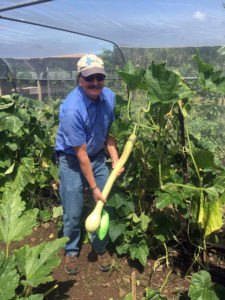
Thankfully, not only did Congress reauthorize OREI in the 2018 farm bill, they more than doubled the amount of funding available for this program. Over the course of the next farm bill, OREI funding will increase from $20 million in 2019 to $50 million by 2023. The importance of these research dollars to the growth and success of organic agriculture cannot be overstated.
